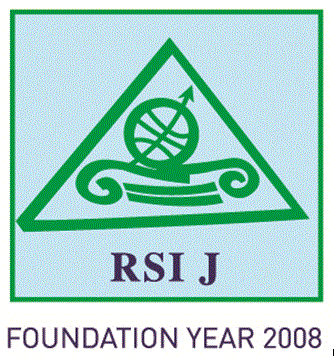Nikoleta PANAGOU
Rural and Surveying Engineer, Dept. of Geography and Regional Planning, School of Rural and Surveying Engineering, National Technical University of Athens, Greece
nikolpanagou@gmail.com
Athina KOKKALI
Marine Scientist, MSc., PhD Candidate, Dept. of Geography and Regional Planner, School of Rural and Surveying Engineering, National Technical University of Athens, Greece
athkokkali@gmail.com
Anastasia STRATIGEA
Professor, Dept. of Geography and Regional Planning, School of Rural and Surveying Engineering, National Technical University of Athens, Greece
stratige@central.ntua.gr
Abstract
Future development of coastal and island communities is nowadays marked by two evolving trends, namely the rapid urbanization and the increasing interest in sea-related activities. Coping with these trends as well as other challenges faced in these areas (climate change, coastal erosion etc.) lies at the heart of policy concern, while has also opened up new fields of research work and concern as to the methodological aspects that can support an integrated planning view of terrestrial and marine environments and their interactions. By drawing on knowledge acquired from relative studies at a macro-regional level, this paper attempts to shift to the local level; and structure an integrated methodological approach enabling the concurrent confrontation of territorial and maritime planning issues and policy making. The paper places emphasis on testing well-established planning tools (MICMAC and MACTOR models) that are capable of perceiving, in a structured way, the integration of land and marine environments into one system as well as integration of views, interests, stakes etc. of land and maritime stakeholders. Implementation of this framework in an island region –Zakynthos Greece– designates the value of these planning tools in: feeding the planning process with valuable knowledge, emerging from the study of interaction of land and maritime subsystems as well as of respective stakeholders; and effectively supporting implementation of subsequent planning stages for building up more informed policy decisions.
Keywords: Blue growth, Integrated marine and land spatial planning, Policy, MICMAC and MACTOR models, Island regions.
JEL classification: R00, R11, R14, R50, R58
read more
